Pompe Disease Life Expectancy With Treatment
Pompe disease life expectancy with treatment. Theres no cure for CHF but treatments include drug therapy diet and lifestyle changes to relive symptoms and slow the progression of the disease. Pompe disease is treated with enzyme replacement therapy or ERT. ERT is considered a first-line initial therapy that is generally started as soon as a diagnosis is confirmed.
ERT slows but does not halt the overall progression of disease. 2 Pompe disease symptom onset. Hypotonia without cardiomyopathy during the first one to two years of life.
The infantile-onset form of Pompe can present a non-classic phenotype. Over time this buildup of glycogen causes organs to function improperly and eventually fail resulting in muscle weakness breathing problems and in some cases reduced life expectancy. Compared to the general population adults with Pompe disease experience a reduced life expectancy and quality of life 5 6 7.
Infantile Onset Pompe Disease IOPD Onset of symptoms prior to 12 months old Cardiomyopathy must be present to be diagnosed with classic IOPD. Pompe disease also have enlarged tongues and livers hepatomegaly. In people living with Pompe disease the body starts to break down the acid alpha-glucosidase GAA enzyme immediately after administration of ERT so people on ERT typically receive lifelong biweekly infusions.
It does not provide medical advice diagnosis or treatment. Treatments for Pompe disease include the following. Pompe disease is a rare estimated at 1 in every 40000 births inherited and often fatal disorder that disables the heart and skeletal muscles.
In the infantile-onset form of the disease glycogen accumulation is most severe in the heart and skeletal muscles. There are four stages of CHF. It is caused by mutations in a gene that makes an enzyme called acid alpha-glucosidase GAA.
Pompe disease life expectancy Without enzyme replacement therapy the hearts of babies with infantile onset Pompe disease progressively thicken and enlarge. Advances in the treatment of Pompe disease have improved life expectancy and quality of life but speech and oromotor function remain significantly affected.
Hypotonia without cardiomyopathy during the first one to two years of life.
The purpose of this study was to expand on existing data and present new findings of speech acoustic and physiologic outcomes in Pompe disease. Although ERT increases patient life expectancy and ventilator free survival it is not entirely curative. The advent of enzyme replacement therapy ERT in 2006 has improved clinical outcomes in infantile-onset Pompe disease patients. Patients with non-classic infantileonset type may live to early childhood. In the infantile-onset form of the disease glycogen accumulation is most severe in the heart and skeletal muscles. Enzyme replacement therapy ERT with alglucosidase alfa Myozyme Genzyme corp has been developed as a disease specific treatment for Pompe disease. Pompe disease is treated with enzyme replacement therapy or ERT. It does not provide medical advice diagnosis or treatment. Life expectancy for late-onset Pompe disease is currently estimated to be age 30 when it first appears in children or.
Onset of symptoms after 12 months old and may not be present. Seventy-eight percent of the patients were followed for 2 years or more and 62 of the patients for 3 years or more. Differences in disability level between countries were found with the lowest rates of wheelchair and ventilator use in the Dutch patient group 32 and 26 respectively. The purpose of this study was to expand on existing data and present new findings of speech acoustic and physiologic outcomes in Pompe disease. Pompe disease life expectancy Without enzyme replacement therapy the hearts of babies with infantile onset Pompe disease progressively thicken and enlarge. Without treatment heart failure can cause life-threatening complications by the age of 12 to 18 months. However both of these types of Pompe disease often are fatal.

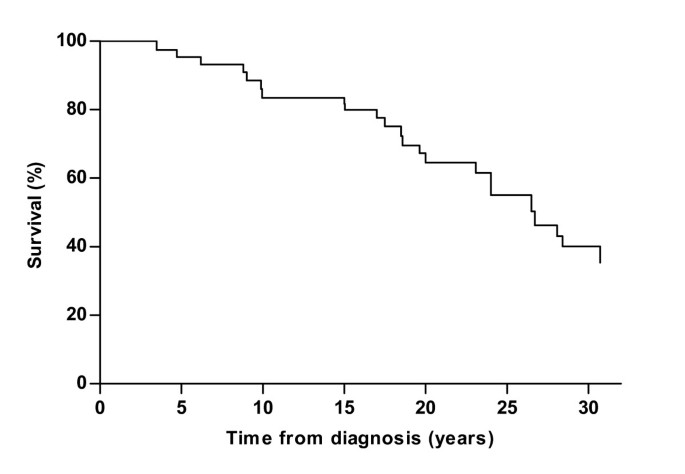


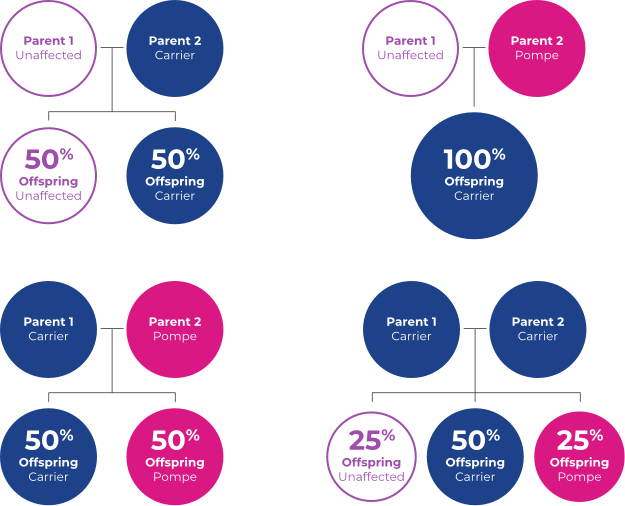


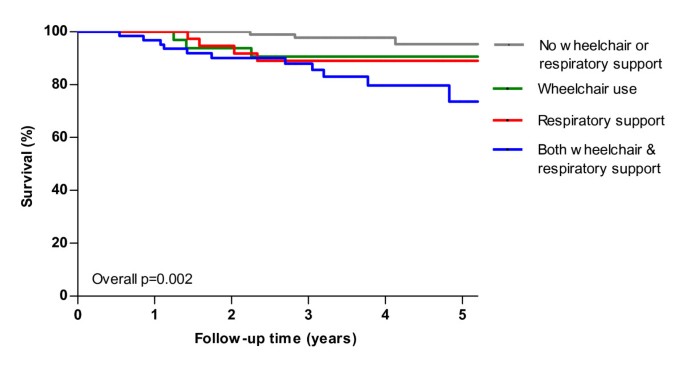



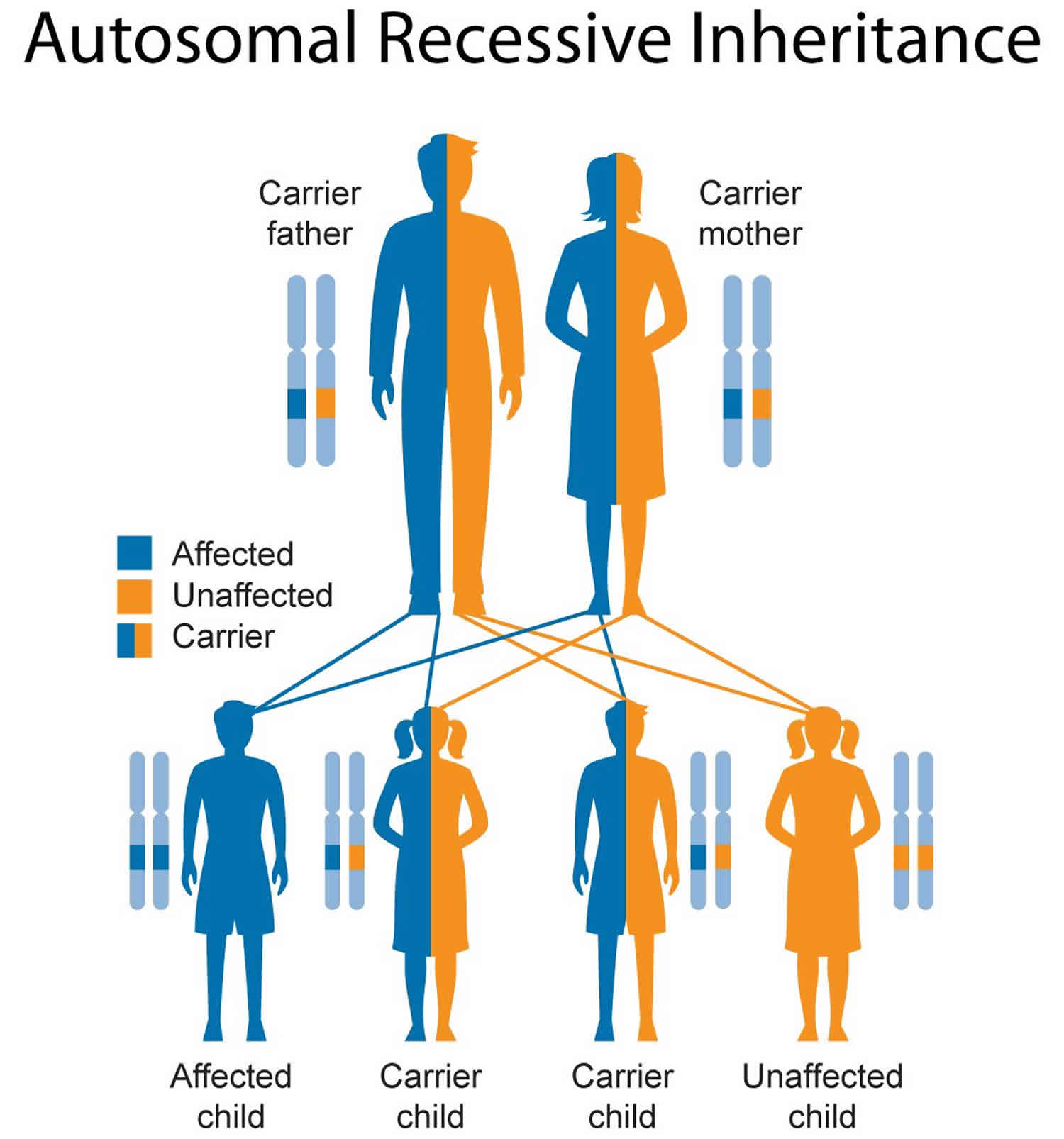

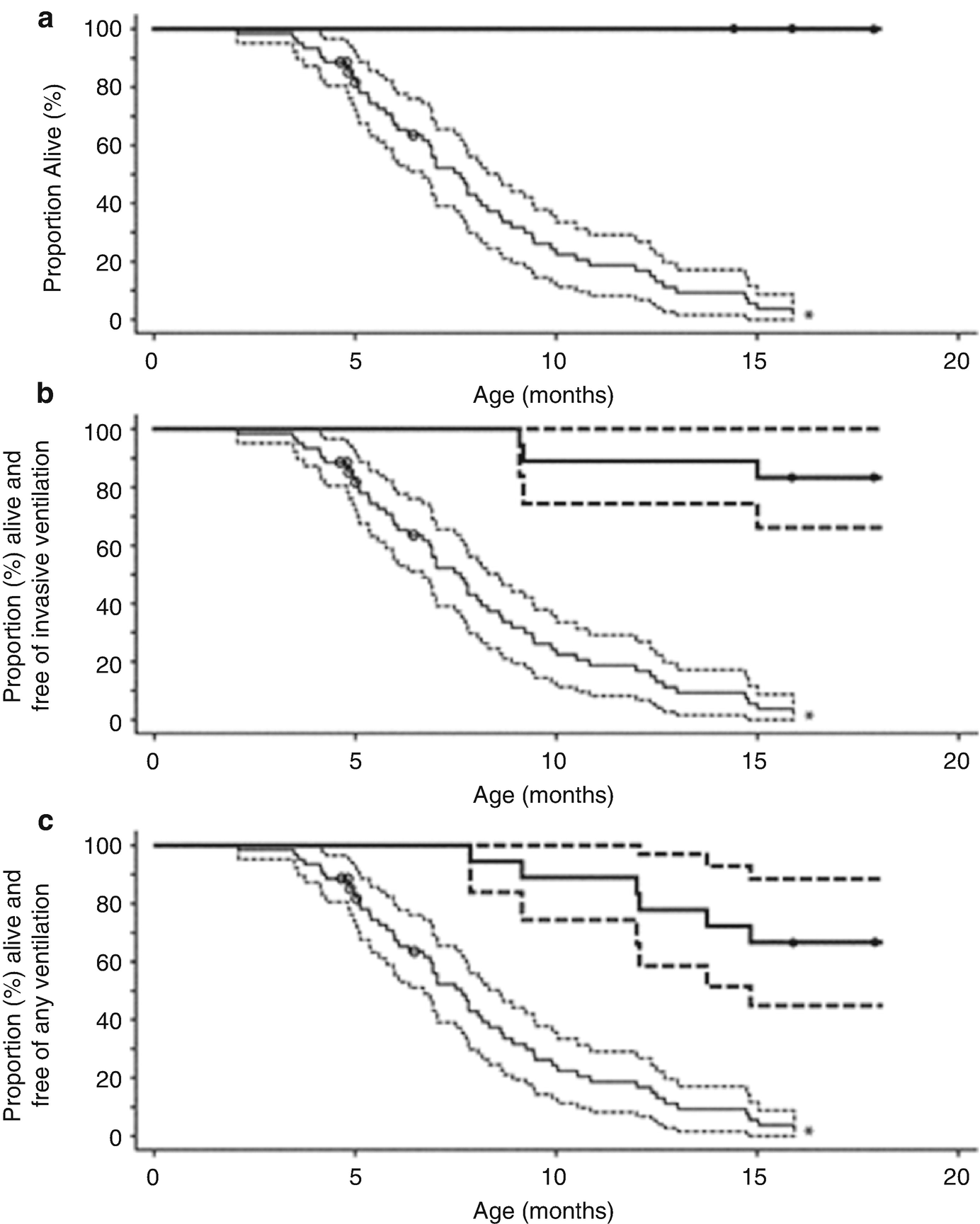





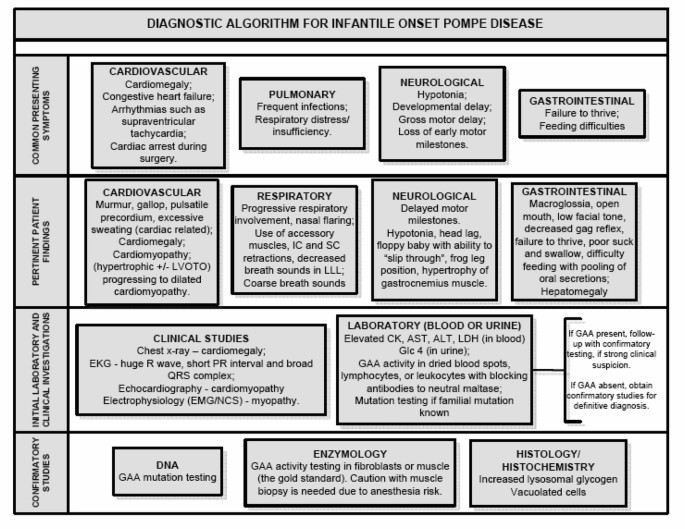




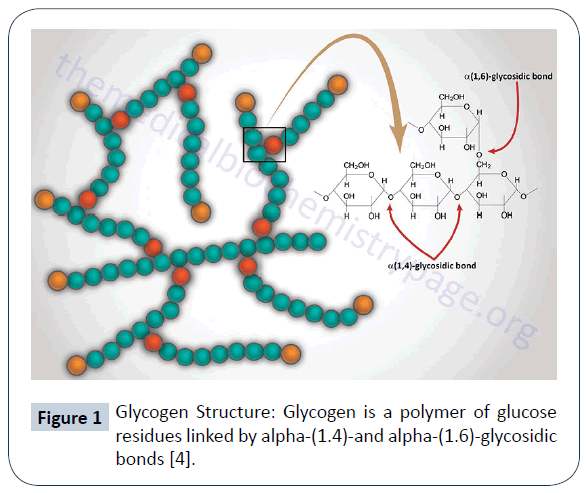
.png?width=650&name=Fabry%20Disease%20(2).png)


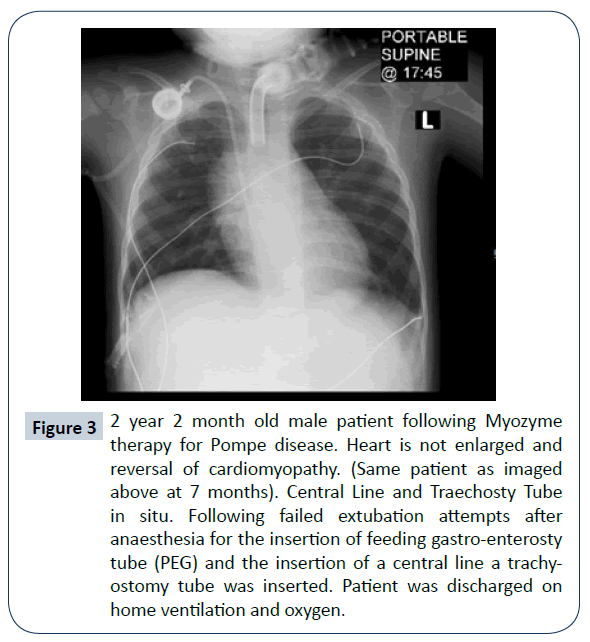

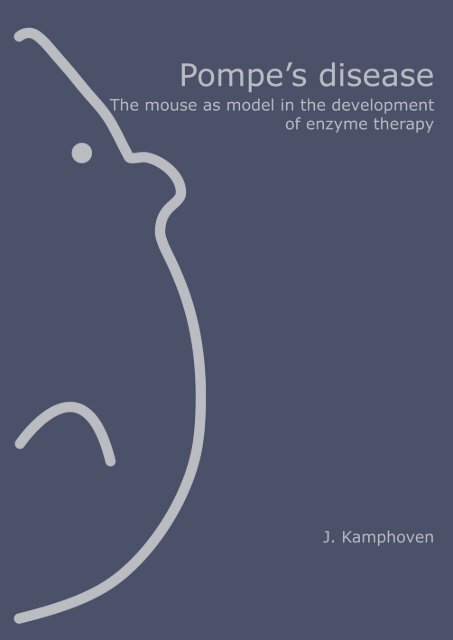


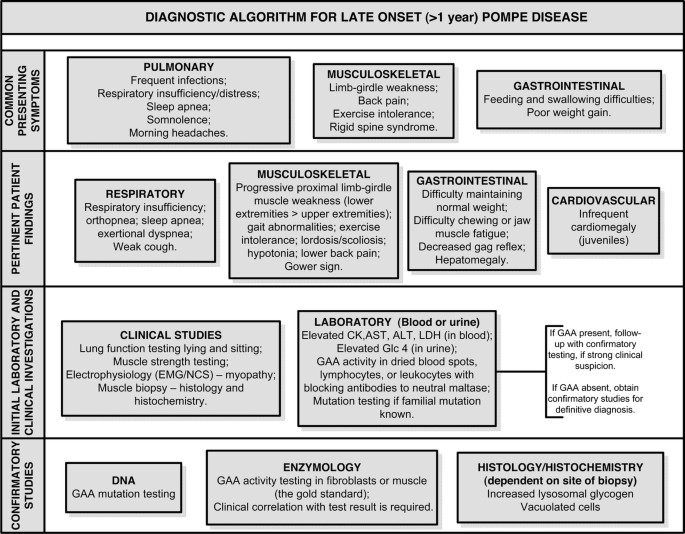

:max_bytes(150000):strip_icc()/infusion-0093680c188040f78afdd6085d2f2687.jpg)



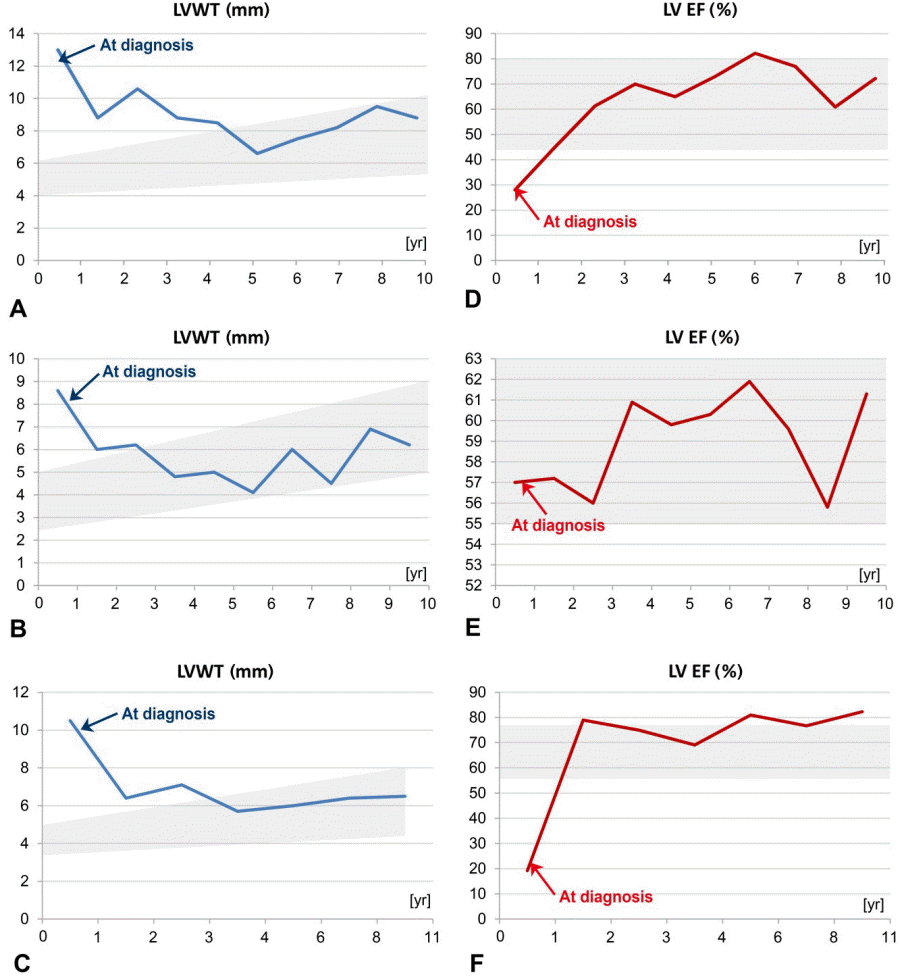
Post a Comment for "Pompe Disease Life Expectancy With Treatment"